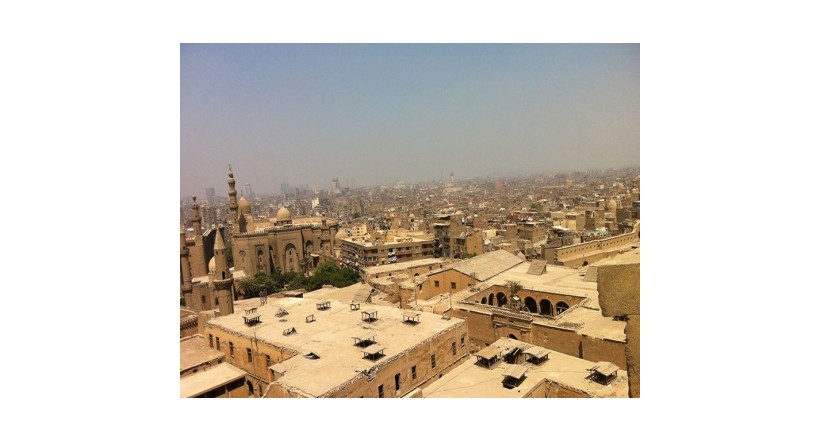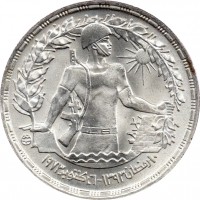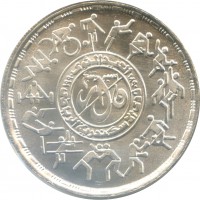1-Hammering Method : The alloy is prepared in the specified fineness for the coin melted and poured into rectangular moulds forming long rods . The moulds are then immersed in water until the metal regains its hardness the rods are extracted and pressed between two revolving steel cylinders until they reach the required thickness for the coin . Discs are cut out of the pressed rods in the exact diameter and weight of the target coin heated to a certain temperature placed between the obverse and reverse moulds of the coin then all are clamped together and struck by a heavy hammer hence the coin is minted .
The hammered coin is characterized by
No two coins are identical even if minted at the same time and place
The centre point of the obverse side does not coincide with that of the reverse one of the moulds is off centre in relation to the other
The resulting coin is usually not a perfect circle
Two corresponding parts of the edge are devoid of inscriptions resulting from the grip of the clamp
If twice hammered there will be a double imprint .
The surface of the coin is smooth not porous or spongy .
A slow process not convenient for mass production .
Casting Method : The alloy is prepared as before melted and poured into a preprepared mould of one of the sides of the coin the metal immediately takes the final shape of that side . Before the metal cools down the other side is struck by the second side die giving it its shape . The disc is left to cool off or immersed in water to hasten the process .
The casted coin is characterized by
-The obverse and reverse centre points coincide
-The coin is usually a perfect circle
-The surface is rough giving a porous or spongy appearance
If not hardly pressed areas of delicate inscriptions are faint or even devoid of inscriptions
-The coins minted in the same mould are identical in thickness appearance and weight
-The casting method is simple quick and fit for mass production
Milling Method : The milling method started in Egypt during the reign of Sultan Mahmoud son of Abdul-Mejid the metal was prepared in strips with a specified thickness cut into discs with specified diameters then each disc is placed in a special press between the two dies of both faces of the coin . The top theaded part of the press is turned around by three or four workers closing the press hard enough for the metal disc to be shaped into the required coin
The milled coin is characterized by
Coins are identical
Centres of both sides usually coincide
The coin is usually a perfect circle
Milling is a slow process and not fit or mass production it was used for a short time then succeeded by faster and more advanced machinery
Gold and silver coins underwent the above mentioned processes in total secrecy the fineness and weight were checked by the Keeper 'Amin' . After minting coins were reeded along the edge






